What Are the Uses of Cost Accounting Information?
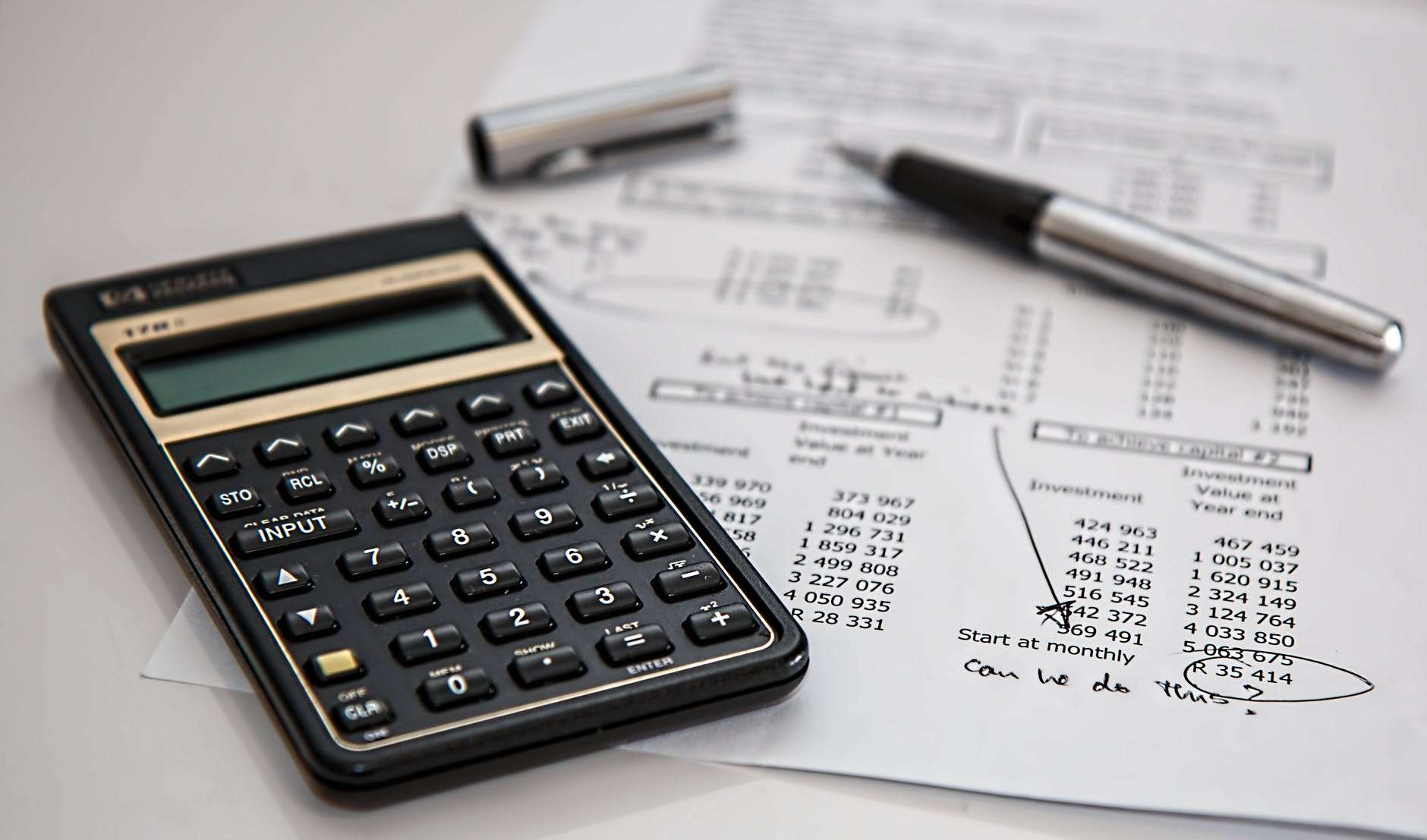
Basic Cost Accounting Information starts with cost: a financial measure within your accounting management system defined as resources consumed or acquired in accomplishing a specified purpose such as performing a service, providing a product, or carrying out a project or program regardless of when the resources were ordered, received, or paid. Cost can be defined in a variety of ways depending on the objectives or information desired.
Uses of Cost Accounting Information
Cost accounting provides essential information to management to control operations, make future plans, and facilitate the decision-making process.
Basis of Cost Accounting
First, let’s define a few terms. There are two fundamental methodologies of accounting, each with assumptions, constraints and theories, which guide all financial recording, reporting, and measurement activities: Cash and Accrual.
- Cash basis accounting records financial events only when cash actually changes hands in an arms-length transaction.
- Accrual basis accounting records revenues when earned and expenses the costs associated with the revenue earned when incurred.
Most companies require the use of the accrual basis of accounting for financial transactions unless otherwise stated in your accounting manuals.
Cost Accounting
Cost accounting is defined as a technique or method for determining the cost of a project, process, or thing. This cost is determined by direct measurement, specific assignment, or systematic and rational allocation. Central to cost accounting is the process for tracing various input costs to the product or services of the company. Cost classifications are based on such characteristics as time incurred, reaction to changes in activity levels, and influence on decision making.
Cost Accounting Control
The Controller should accumulate, distribute, monitor, and evaluate cost information during each accounting period, when appropriate. Accounting Management will use cost information for purposes such as:
- Making decisions and planning future operations with the knowledge of the costs of projects, programs, and other activities
- Assisting in establishing company performance standards based at least partially on past cost history
- Determining the efficient and effective distribution and use of company resources
- Supporting performance evaluation based on actual costs versus budgeted costs
- Recovering costs for products and services provided to entities
- Preparing reimbursable work and cooperative agreements
- Supporting budget formulation through responses to requests for information
Cost Accounting Activities
Cost accounting is not applicable to all activities; however, for those activities that do use cost accounting, the principles are designed to assure that:
- Cost accounting information is communicated consistently throughout the company
- Reviews to evaluate the cost/benefit of cost information for specific programs are based on consistent criteria
- Only the highest level of aggregated information required for management decisions
The Controller is responsible for ensuring that any cost information maintained to meet customer service requirements is minimized and that cost recovery information is maximized.
Accounting Cost Timing
Some aspects of cost accounting may be measured in relationship to the time the cost is incurred. In many cases, the measurement time period for a cost is specified in the authorizing documents or contracts for a program. In other cases, the Controller is responsible for determining which costs will be used for specific purposes, and for assuring that similar activities are treated consistently within the company.
The three most common measurements are historical costs, current market costs, and budgeted costs.
- Historical Cost is the cash equivalent price of goods and services at the date of acquisition. This cost does not change over time.
- Current Market Cost (also referred to as replacement cost) is the current value of an asset. Depending on whether the asset is tangible or intangible and the availability of similar assets on the open market, current market cost may be measured by replacement cost, reproduction cost, sales value, net realizable value, or net present value of future cash flows.
- Budgeted Cost (also referred to as standard cost) is the cost that should be incurred to produce a product or provide a service based on past experience producing or providing like-items. Thus, comparison of actual costs with the predetermined benchmark alerts program managers to those areas in which the actual costs appear excessive.
Accounting Cost – Reaction to Changes in Activity Levels
In any period, cost may or may not change in relationship to changes in levels of activity. Based on the relationship to changes in levels of activity, costs are classified as variable, fixed, or mixed costs. Activity measures can include production or service levels, machine hours, or sales in units or dollars. The way a cost reacts to changes in activity is determined by how the total cost for the period, rather than the cost of a single unit of activity, changes when activity levels change.
- Variable Costs are costs that vary in total in direct proportion to changes in levels of activity. If total cost varies in direct proportion to activity changes, the cost per unit is constant.
- Fixed Costs represent all costs that remain constant within the Company’s relevant range of activity. A relevant range is a range of activity in which costs behave in accordance with the way they have been defined, generally the normal operating range.
- Mixed Costs has both a variable and fixed component; it does not fluctuate in direct proportion with activity, nor does it remain constant with changes in levels of activity.
The Controller is responsible for developing cost projections and budgets that identify costs by variable, fixed, or mixed categories. All managers are responsible for minimizing variable and mixed costs and ensuring that fixed costs are minimized, and are fairly spread over all projects, whether or not those projects incorporate cost accounting.
Accounting Cost – Influence on Decision Making
The Controller is responsible for classifying costs as either direct or indirect and ensuring that costs are consistently classified as either direct or indirect in similar situations.
Direct costs are all costs that can be specifically or readily identified with producing a specific product or providing a specific service. These direct costs include direct labor, equipment purchased for use on a program, and other direct costs. The portion of base wages and salaries, direct labor, be identified with and charged to a particular activity.
This includes:
- Fringe Benefits are those allowances and services provided to employees as compensation in addition to wages and salaries, including retirement, health insurance, and life insurance. Fringe benefits are allocated as a rate applied to direct labor costs. The Controller is responsible for determining the fringe rate based on all labor and fringe costs, regardless of where an employee works. A single fringe rate must be applied to all employees in all projects, unless the Controller has developed separate cost pools that reflect a significantly different fringe cost among groups of employees.
- Overtime and Premium Pay are charged in the same manner as the regular wage portion of an employee’s earnings for hours identified with a specific activity.
- Other Personnel Costs are charged in the same manner as the related base labor charge, e.g., allowances for offsite pay, location allowances, hardship pay, hazardous duty pay, and uniform allowances.
- Equipment used in an activity for which costs are accumulated can be charged in either of two manners: a) charging for the full acquisition cost, or b) recovery of a portion of depreciation. The Controller is responsible for determining whether equipment can be charged in full to a project, and if not, for determining the rate and basis for charging equipment usage to projects.
- Other direct cost items that are incurred or consumed exclusively for the completion of a specific activity include the following examples:
- Miscellaneous supplies and materials
- Equipment rentals
- Travel
- Purchased services (i.e., printing, ADP services, and photographic reproduction)
- Contractual services
Accounting Cost – Indirect
Indirect costs are those costs, which cannot be specifically identified with producing a specific product, or providing a specific service but which can be shown to bear some relationship to, result from, or be in support of, the product or service.
Indirect costs should be accumulated in indirect cost pools. The Controller is responsible for clearly defining identifiable cost pools. Indirect costs may include the following examples, if the item is not directly attributable to a specific activity:
- Space rental
- Utilities, including telephone expenses
- Postage
- Unemployment compensation benefit costs
- Data processing, management, and control
- Equipment rentals
- Miscellaneous supplies and materials
- Equipment costs (excluding those recovered as a direct costs)
- Training, employee development, and personnel transfers, including costs of travel and time in-transit
- Budget development and program planning
- Research and development activities
- Administrative support such as procurement, contracting, office services, property management, payroll, voucher processing, personnel services, records management, and document control
- Reports, including report preparation and distribution
- Safety management, including inspection and training
- EEO and other affirmative action programs
The indirect cost pool will generally include costs that benefit both cost recoverable and non-cost recoverable work like Sarbanes-Oxley compliance costs. Although indirect costs are not required to be allocated to non-cost recoverable work, an allocation basis must be used that would, if applied to all projects or activities, fairly distribute the cost pool over the benefited activities. Make sure your cost recovery projects are not unduly burdened with indirect costs.
Cost Accounting Information Uses
Cost accounting provides important costing information to management to improve operational effectiveness, evaluate programs, and enhance profitability (or reduce costs). The CFO or Controller are responsible for developing and documenting the allocation method, using a generally acceptable and consistently applied overhead rate based on direct costs, identifiable cost pools, and the cost elements that are charges to those pools.
Our Internal Control Procedures product is available to download. See how easy it is to edit MS Word Templates to build your own cost accounting policies and procedure management system.

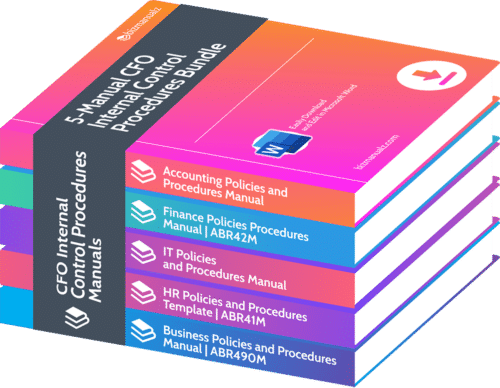
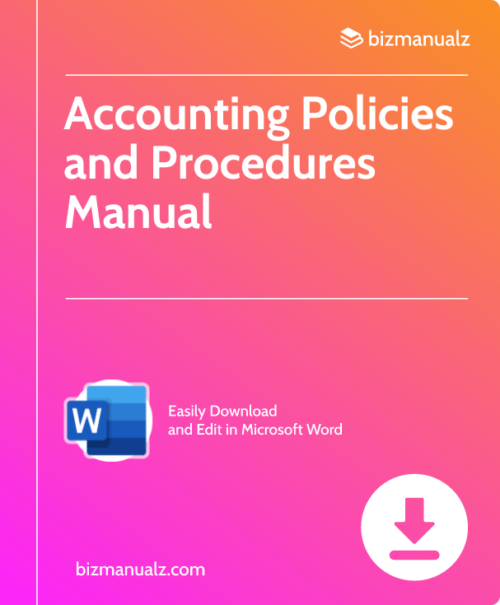
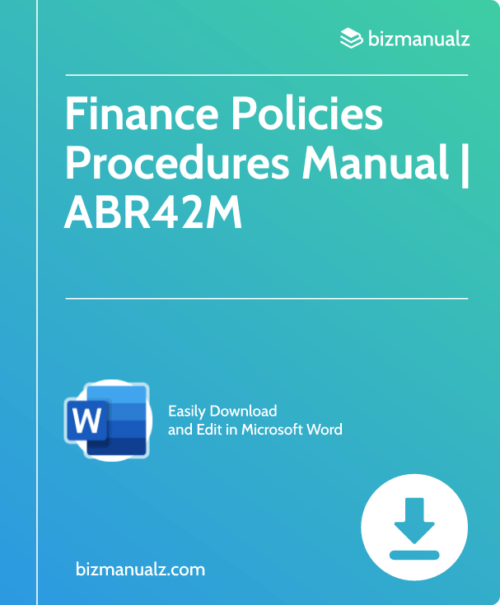

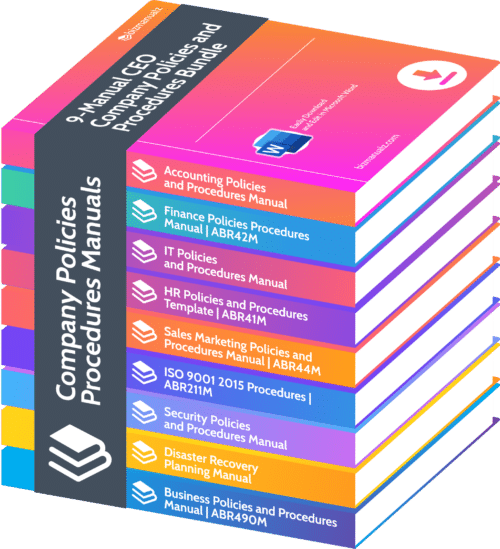
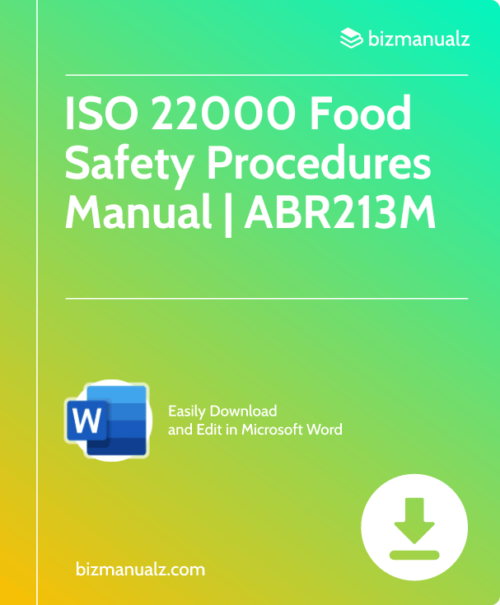
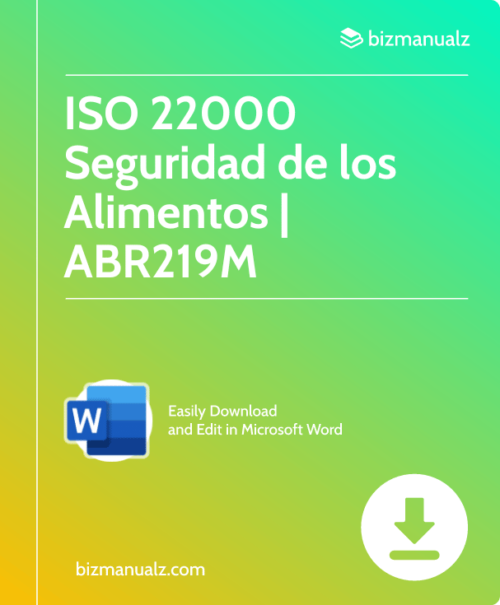
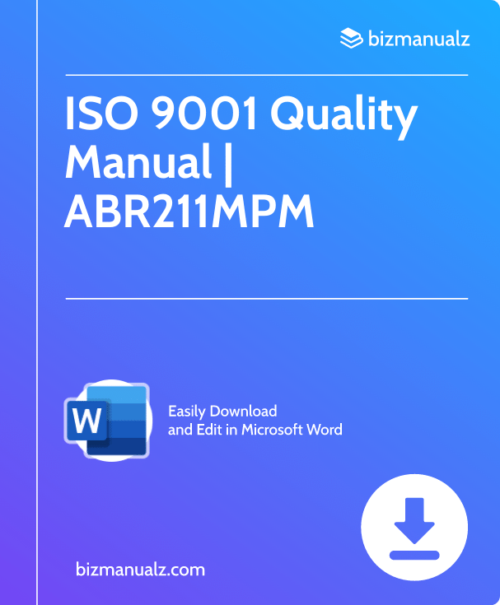
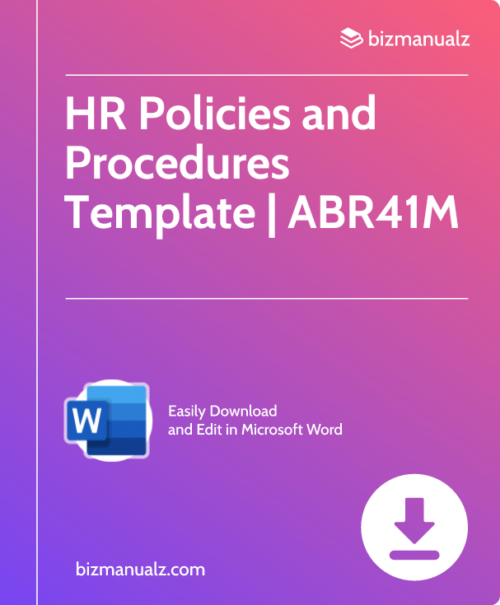
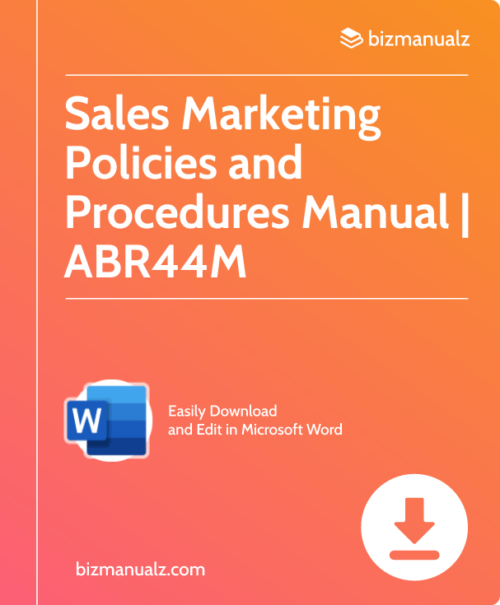
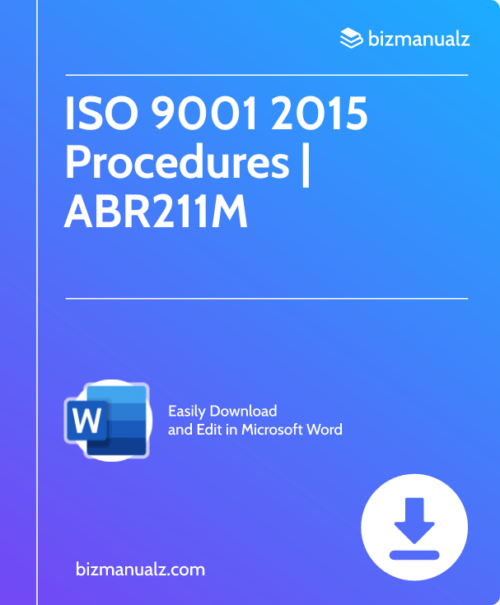
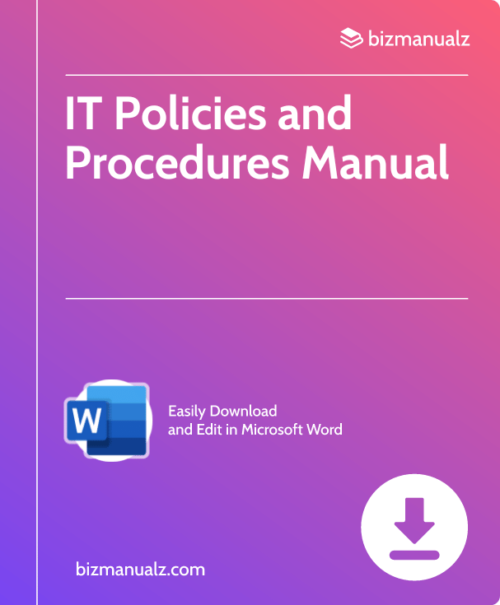
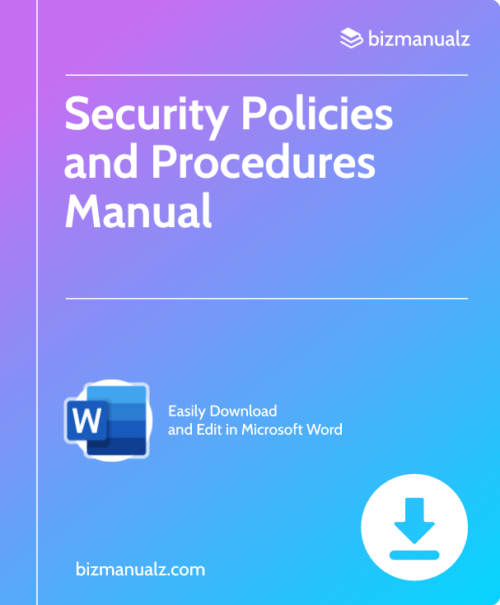
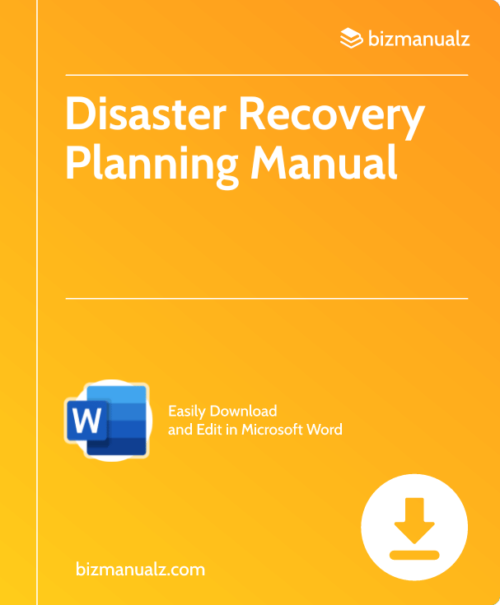


I’ve never heard of cost accounting before. I didn’t realize so many of the decisions made when running a business depended on it. Is this something that your accountant will do, or is it beneficial to hire someone to focus solely on this task? Thanks for sharing this great information!
Good article
Cost accounting is something which is unknown by many people and companies but it is very important for the development of many companies and country at large so it has to be taken into much consideration